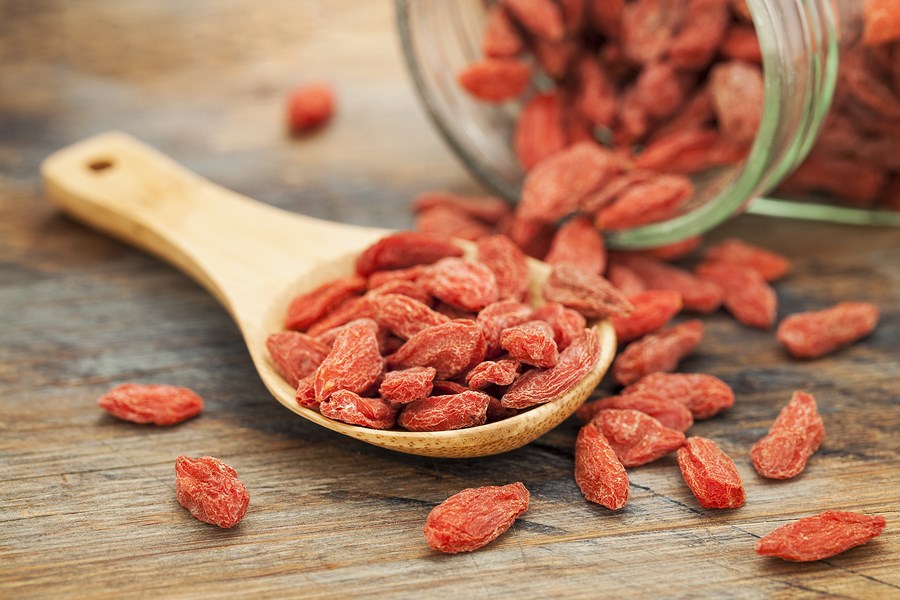Over the last several years, a number of berries have had their turn being labelled a “superfruit,” primarily because of their high antioxidant content.
Blueberries earned this label in the 1990s and have since become Canada’s most valuable fruit crop. Commercial high-bush blueberries are not hardy in this area. Our native blueberries are low-bush. Some breeding has been done crossing the high-bush and native low-bush blueberries to produce hardier “half-high” blueberries, which are hardy to zone three but not quite hardy enough for us. Should you be tempted to try to grow these, you will need two varieties to cross-pollinate.
With the local abundance of wild blueberries, I have not been tempted to experiment with half-high blueberries.
Another “superfruit” is the goji berry. It is primarily marketed dried, juiced or powdered, but garden plants have recently become available. The goji berry is a perennial member of the nightshade family, related to tomatoes, potatoes and peppers. This ancient Chinese medicine plant is grown primarily in China and Asia.
The goji berry is hardy to zone two where it may die back to the snow line, but recovers quickly. Goji berries are usually sold as potted plants. Should you experiment and they become established in your garden, beware. They sucker freely.
Another concern is that the fruit may have unfavourable interactions with drugs for diabetes and hypertension.
Sea buckthorn, another “superfruit,” is native to China, Russia, Mongolia and parts of Northern Europe. It is hardy to minus-50 degrees Celsius, and I have seen a hedge of these looking healthy and productive in Denare Beach. Sea buckthorn was introduced from Russia to Western Canada by Frank Skinner of Dropmore, Man. in the 1930s.
This medium to large shrub has silver foliage and bright orange berries. It is adaptable to a variety of growing conditions and has the ability to fix nitrogen. Plants are male or female, and only female plants produce berries. The older European varieties are tall with many sharp thorns. Canadian varieties developed at Indian Head, Sask. have larger fruit on smaller shrubs, and fewer and softer thorns for easier picking.
Because the flowers are wind pollinated, they need to be planted close together. One male plant will pollinate up to seven female plants. Grow in full sun in well-drained loamy soil.
Berries are produced once female plants are about four years old. Once the plants are six to seven years old, they sucker extensively. The suckers are best controlled by mowing. An area of lawn next to the sea buckthorn hedge is the easiest way to control the suckers. Insect pests and diseases are not common and easily controlled.
This “superfruit” is worth a try if you have sufficient space.




